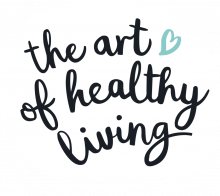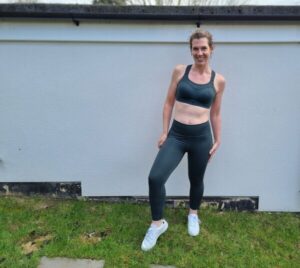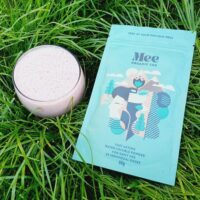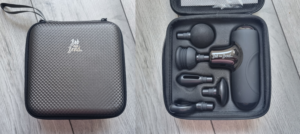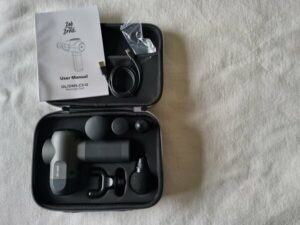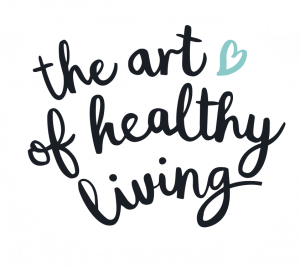They say health is wealth, but people think being healthy is expensive. All the organic greens and natural products doesn’t come cheap, so how do you stay healthy while on a budget?
Don’t worry because good health is not exclusively for the wealthy. That’s a misconception. This article will show you several tips on how to improve your health while remaining on a budget. From choosing healthy foods, and getting discounts from buying medicine on websites such as save rite medical, we’ve got you covered.
Read on to find how you can be perfectly healthy without sacrificing your budget.
Do Regular Home Workouts
Who says you need an expensive gym membership to get a decent workout? Sweating, working out and getting regular exercise is extremely beneficial to our health. It also makes us feel happier, because it triggers the production of endorphins. These hormones are responsible for reducing the brain’s perception of pain, and helps us regulate stress and anxiety.
Furthermore, regular exercise aids in weight loss, which is likely to reduce the risk of getting cancer and cardiovascular diseases. Exercise helps our metabolism and helps burn excess calories throughout the day, something every healthy individual should strive for.
So what can you do at home?
You don’t have to purchase expensive gym equipment that won’t fit in, just the basic things you have at home will do when you’re on a budget. Aerobic exercises literally don’t require any fancy equipment. For yoga you just need a mat. If you want something more intense, a skipping rope won’t cost you the earth and will work out a lot of your muscle groups. And of course, jogging or running won’t cost you a dime. Just your time.
Plan Your Meals
Meal planning is important if you want to make sure you’re eating the right things every day. Failing to plan your meals can lead to opening up your temptations to those unhealthy options, not to mention working out more expensive. Do your grocery shopping every week and be conscious about the things you put in the trolley. Make sure you stock up on leafy greens, fruits, and meat. Avoid too many starchy carbohydrates such as potatoes, rice, or pasta, or at least go for healthier wholewheat versions. Once you get the hang of it you’ll realise that a healthy lifestyle is actually a cost-effective way to live your life.
When making your own meals, make sure you consider the correct portion size too. An average person with an active lifestyle should consume around 2,400 to 2,800 calories of food, although of course this figure differs from person o person. This might be hard to estimate if you’re working out your own meals, so a good place to start is to get a portion control plate that will help you divide your meals. Ideally, half of your plate should be filled with fruits and vegetables, a quarter is dedicated to whole grains, and the other quarter is for your meat and proteins.
Supplement With Vitamins And Minerals
As we age, our body’s metabolism gets slower and so does our body’s ability to absorb nutrients from the food we eat. That is why it’s sometimes important to supplement. For adults, multivitamins are a good choice, but don’t just get any one from the shelf. Consider the contents. No matter what brand you choose, make sure it has the following: Vitamin D, Magnesium, Calcium, Zinc, Iron, Folate, and Vitamin B-12. These are the most important ones, and don’t just rely on tablets. Always try and get these nutrients from foods first before supplementing.
*collaborative post
